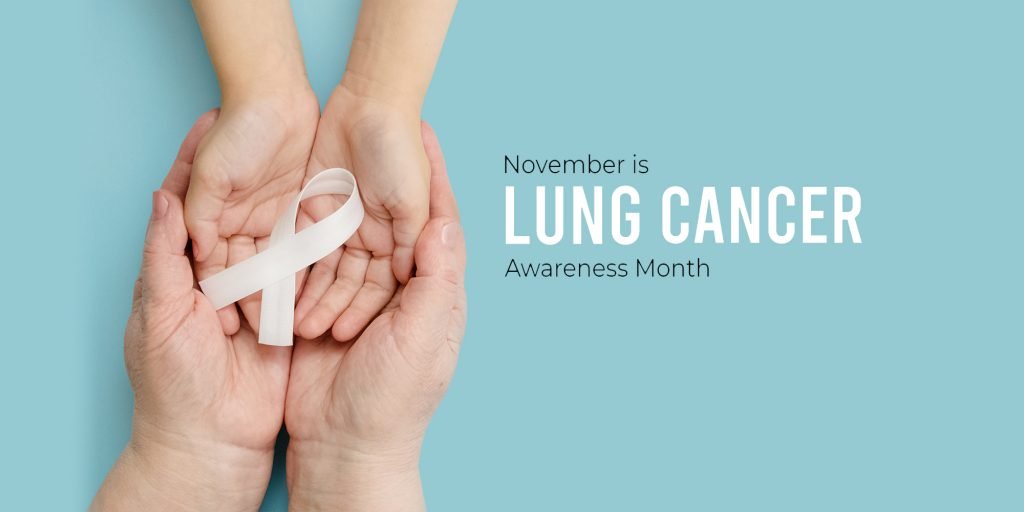A Comprehensive GUIDELINES FOR Screening Early Lung Cancer
Lung cancer’s significant impact in the United States, surpassing the combined mortality of breast, colorectal, and prostate cancers, has prompted an imperative to expand screening access. Recently, the American Cancer Society introduced updated guidelines aimed at broadening eligibility for regular scans, a critical facet of early tumor detection and life-saving potential.
Background
Historically, lung cancer screening primarily targeted current smokers and those who quit within the last 15 years. In 2021, the influential U.S. Preventive Services Task Force recommended annual low-dose CT scans for individuals aged 50 to 80 with a smoking history of at least 20 “pack years.” The new guidelines extend this recommendation, advocating that even heavy smokers who quit more than 15 years ago should undergo annual scans.

Reevaluating the Data
The revised guidelines stem from a reevaluation of data, disputing the prior presumption that lung cancer risk diminishes with time since quitting smoking. Dr. William Dahut, the American Cancer Society’s chief scientific officer and a guideline author, emphasized that while ex-smokers may experience initial lung health improvement, this effect doesn’t endure over time. This misconception potentially contributed to the historically low screening rates.
Screening Rates in the United States
A 2022 report from the American Lung Association uncovered disheartening statistics – only 5.8% of Americans underwent lung cancer screening. In some states, the rates dropped as low as 1%. This strikingly contrasts with mammography, embraced by about two-thirds of women at a certain age.

Expanding Eligibility
Under the previous guidelines, 14.3 million Americans were eligible for screening. The new recommendation adds 5 million more individuals to this eligible group, profoundly enhancing early detection possibilities.
Survival Rates
Late-stage lung cancer typically results in a grim prognosis, with an overall five-year survival rate of merely 23% for cases diagnosed between 2012 and 2018. Conversely, early screening enabled over 80% of individuals to survive 20 years after diagnosis. These statistics underscore the crucial role of early detection, especially when we consider the American Cancer Society’s prediction of 238,340 new lung cancer cases and 127,070 deaths this year.
Challenges in Lung Cancer Screening
The high mortality rate of lung cancer is primarily attributed to late-stage diagnosis. Many smokers and ex-smokers remain unaware that a low-dose CT scan can potentially uncover lung cancers early enough for effective intervention. Additionally, primary care physicians, often responsible for ordering these tests, may harbor confusion about the screening process.

Typically, Medicare and commercial insurance cover tests recommended by the task force. However, the adjustment to encompass the expanded guidelines may entail a period before insurance companies align with the changes. Consequently, patients might face delays in accessing the recommended screenings.
Dr. Chi-Fu Jeffrey Yang, a thoracic surgeon at Massachusetts General Hospital, took informal surveys to unravel why people abstain from screening. His findings revealed a significant lack of awareness, in stark contrast to well-known screenings like mammograms, colonoscopies, and Pap smears.
READ MORE INTERESTING ARTICLES Fyodor Urnov: Leading the Way in CRISPR Technology
Dr. David Yankelevitz, director of the lung biopsy service at the Icahn School of Medicine, laments the low screening rates as a “national tragedy.” He emphasizes that lung cancer screening should be a formidable tool in the battle against cancer, and the low screening rates represent a significant failure.

Dr. Yankelevitz advocates for broader screening criteria, particularly for women, Black individuals, and Native Americans, who exhibit an elevated vulnerability to lung cancer at lower exposures or younger ages. Research underscores the necessity for personalized screening recommendations based on demographic factors.
Conclusion
In summary, the revised lung cancer screening guidelines issued by the American Cancer Society mark a substantial stride forward in addressing this deadly disease. The expansion of eligibility for annual scans offers a greater potential for early detection and intervention. It is vital for healthcare professionals, insurance providers, and the public to collaborate and ensure the effective implementation of these guidelines. This endeavor is pivotal in making screening accessible to at-risk individuals, irrespective of their smoking history, with the ultimate goal of saving lives